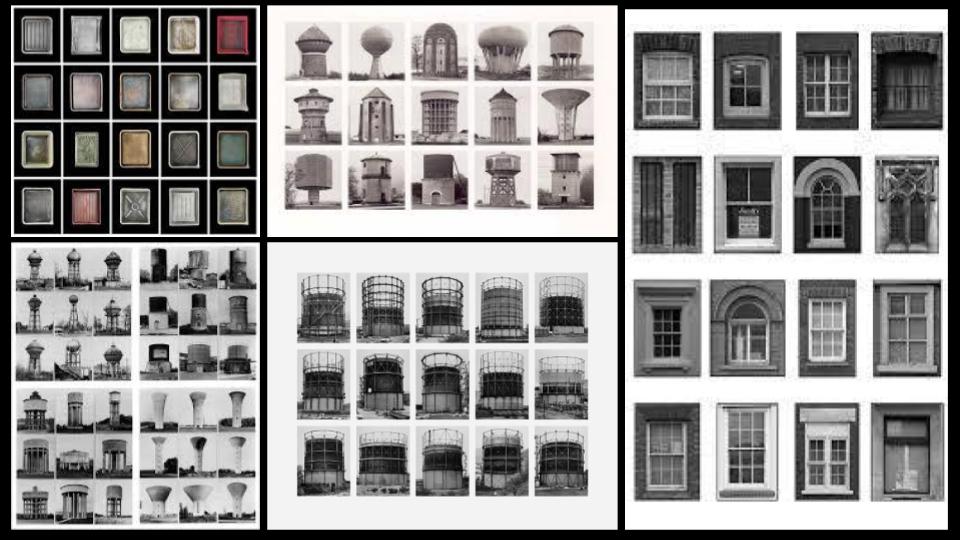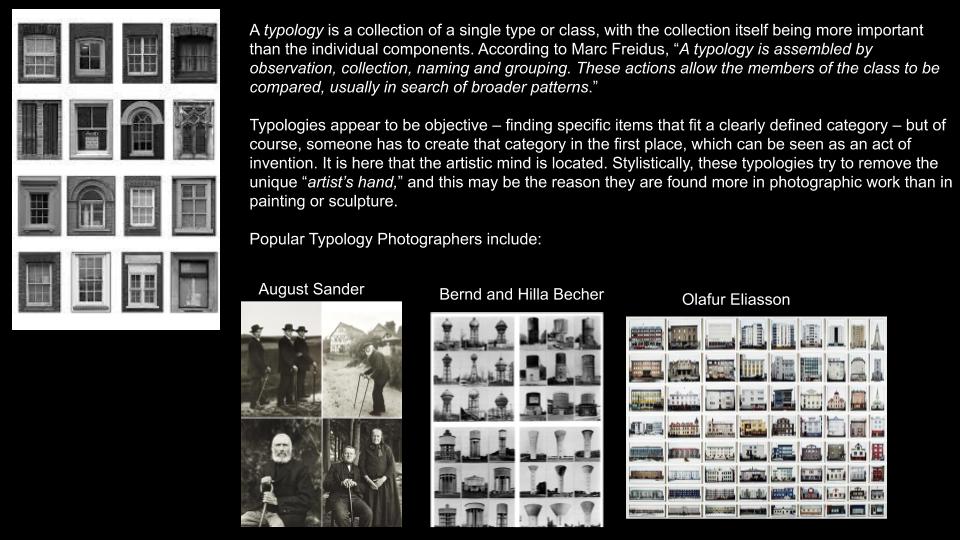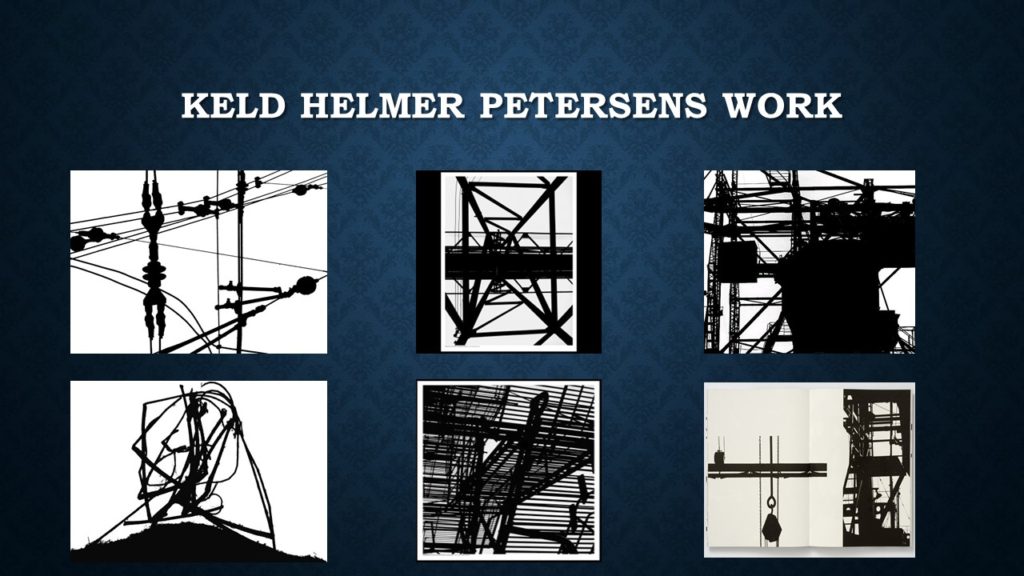
BLACK LIGHT / KELD HELMER PETERSEN

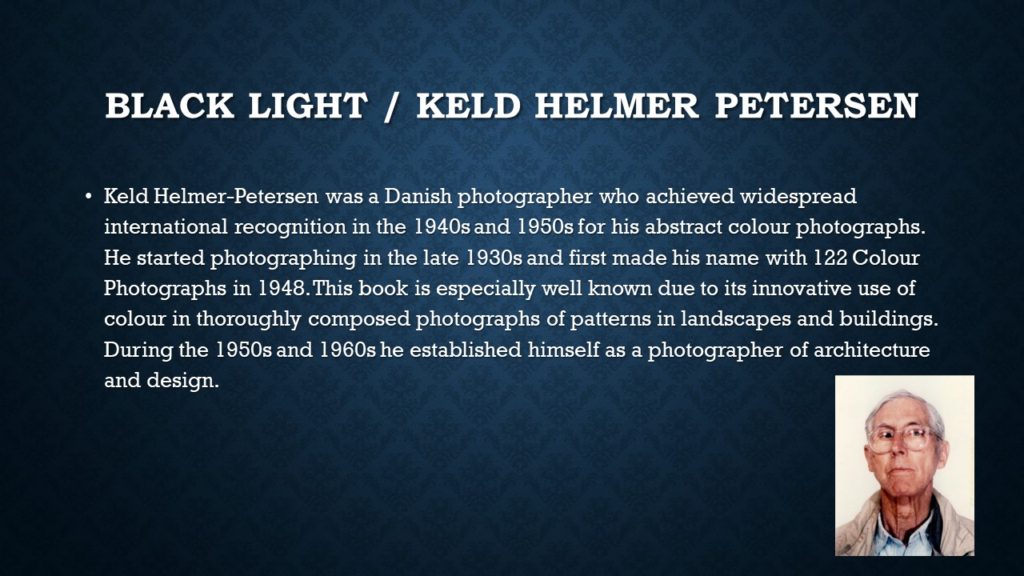



These images I have selected are my best images, in response to the landscape project, whether its responding to romanticism, urban or altered. All the below photographs have been edited to enhance colour, contrast, highlights and shadows, to increase their interest.
final image one

I chose this photograph, as one of my final images, because I enjoy the colour and the composition of the photograph. I enjoy how the sky is free flowing and eye catching and how the sea is linear and structured, but what is most interesting is the two components juxtapose.
final image two

I chose this photograph, because I like the structure of the metal rails and steps and how they sit on the grey clouds behind them. The complexity of the stairs and the clouds juxtaposes and works perfectly together. I also enjoy the colour of the rock too, and how it contrasts well with the colour of the sky.
final image three
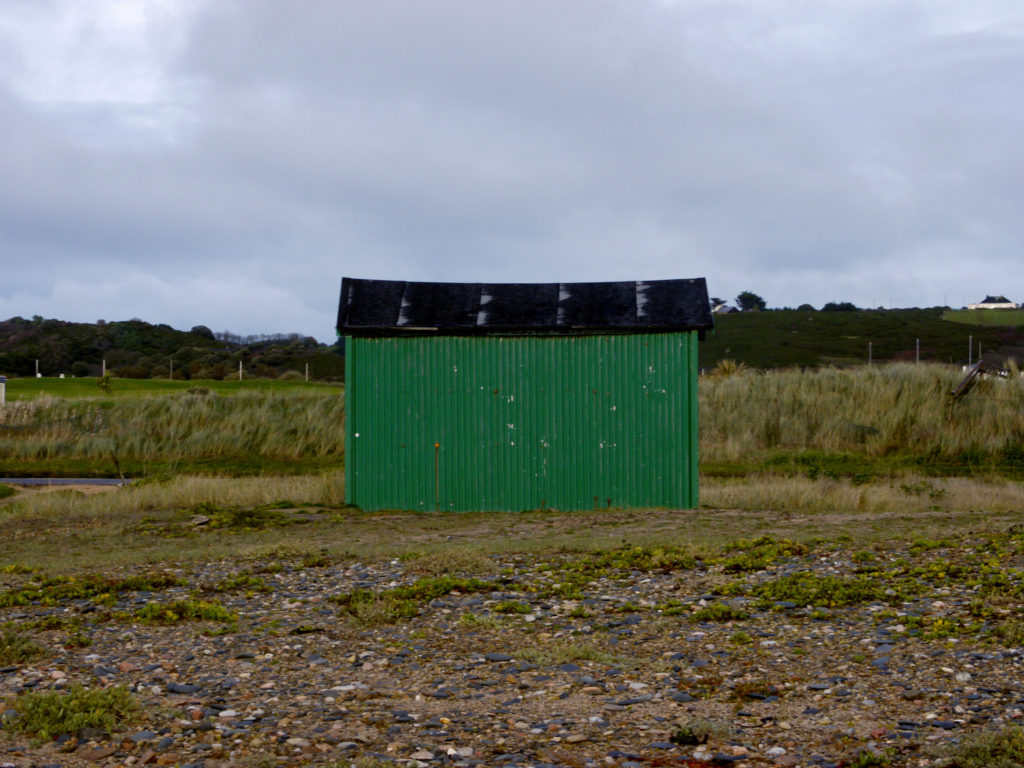
I chose this photograph, because I like the composition and the way the photograph was shot, in the sense that it is documental and is easy to view. I decided to shoot this photograph very simply, and straight on, because then I could capture the building and the landscape behind, which juxtapose, as the building is unnatural and industrialised.
final images (selection) four
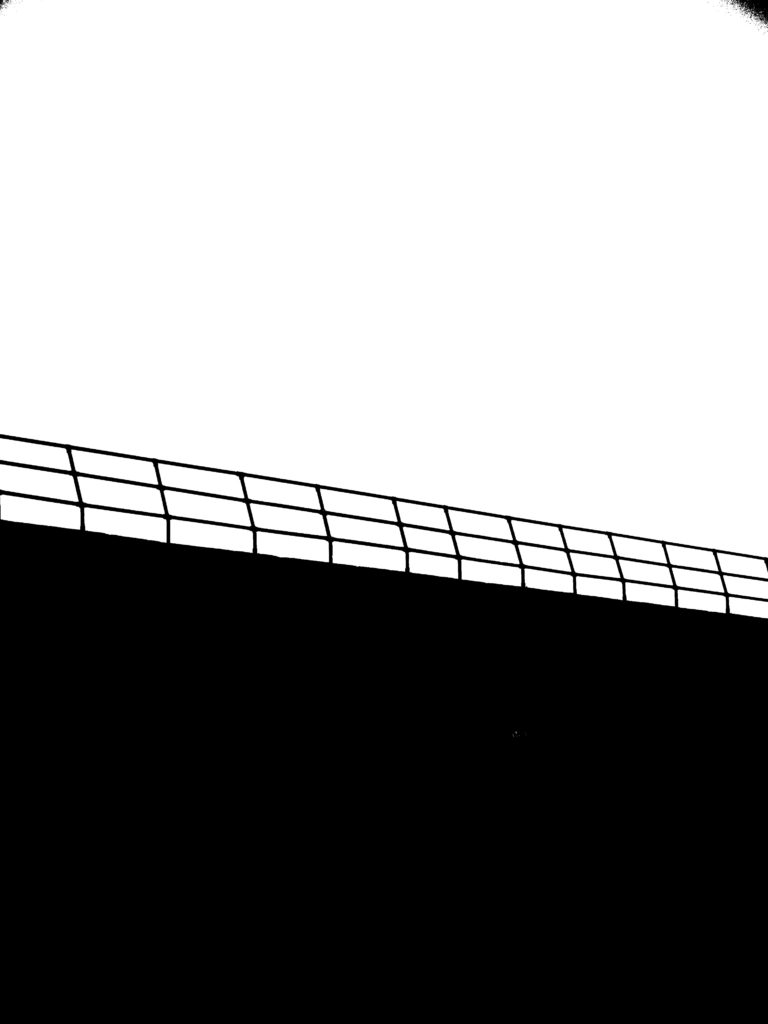
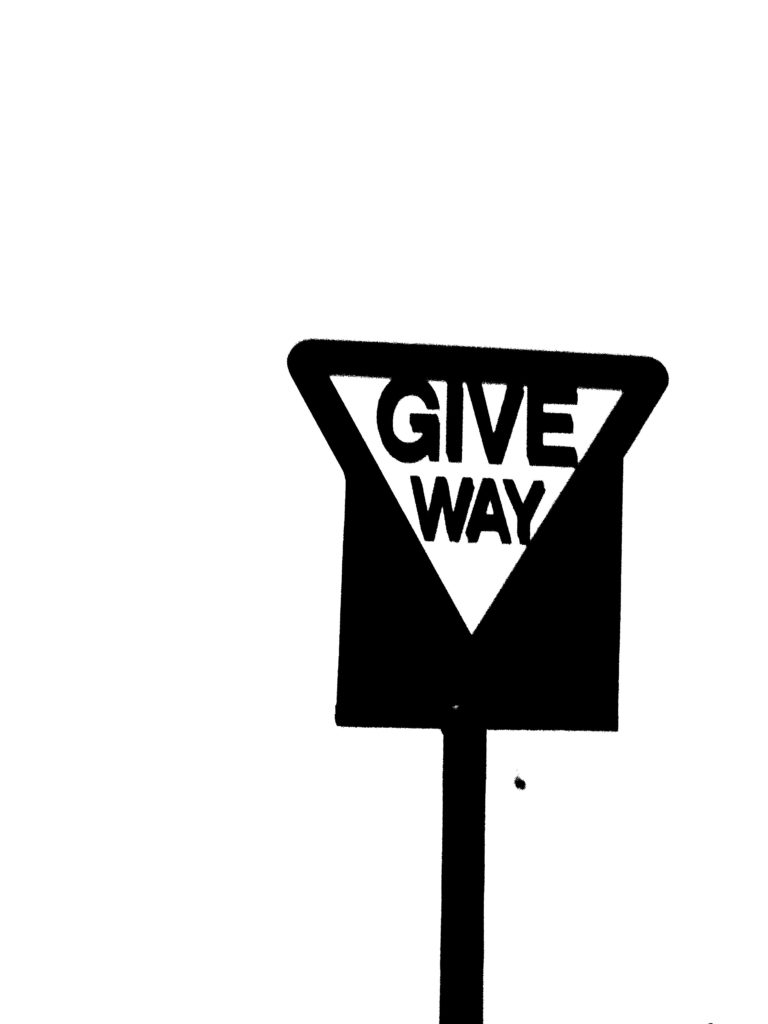

I chose these photographs to be in a selection, as I feel they work well together as a group of three. I edited these to be very minimalist and easy to view, as the backgrounds tended to distract from the focus, which can now be easily viewed.
final images (selection) five

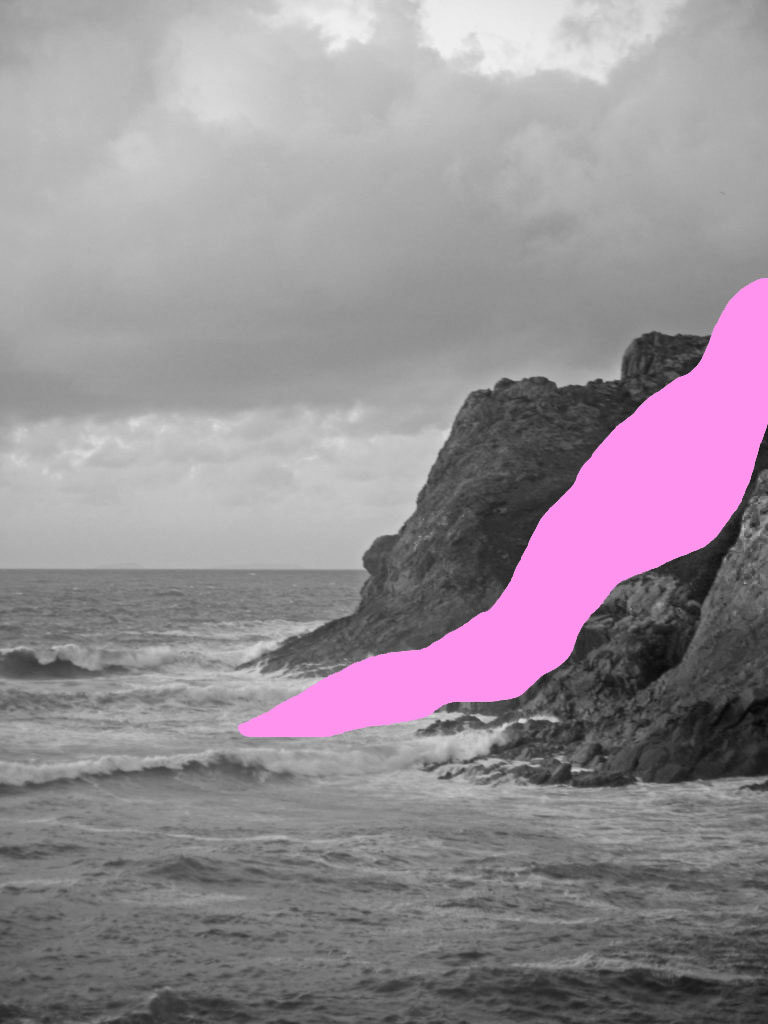

I chose these photographs to be in a selection, as I feel they also work very well together as a group of three. I edited these photographs to have elements removed and replaced by colour, because I feel they bring a different element to my photography. These photographs are edited in this way to allow the viewer to interpret the photograph in any they want.
photographs for printing
I have decided to print these photographs are they are my strongest photographs and are the ones that show the best of my ability too. The first photograph shows my ability to take a good composed image, with strong contrasts and colours. I selected those three photographs because they show my ability to edit images, to allow them to be viewed completely differently.







New Topographics: Photographs of a Man-Altered Landscape was an exhibition that has been considered a key point in American landscape photography. The show was created by William Jenkins and remained available to the public for 5 months in the 70’s. The work by Jenkins has made a huge impact on American and European photography.
Jenkins selected a team of 8 young photographers and a German couple who had been working with typologies. Each photographer in the New Topographics exhibition was represented by 10 prints. All but Stephen Shore worked in black and white.
EG.



My Attempts


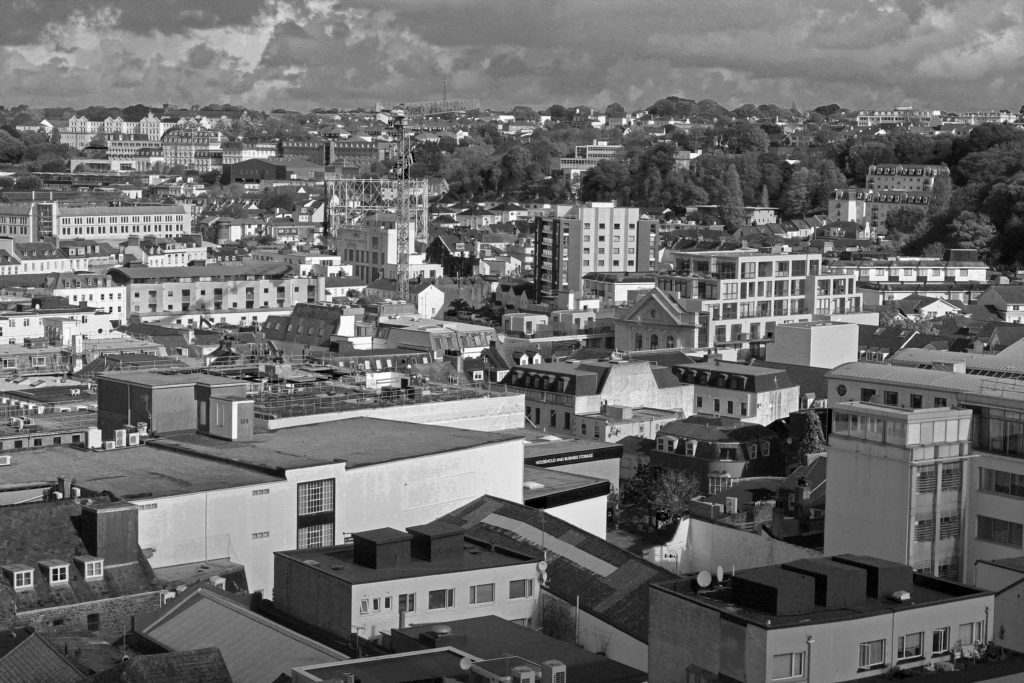
In 1973 Stephen Shore set out from New York to photograph the United States for what became a book called “Uncommon Places.” He shot his motel room in Idaho Falls,and a pancake breakfast at the Trail’s End Restaurant in Kanab,
He was in his mid-20s and already a star. 8 years earlier, he had sold some of his photographs to the Museum of Modern Art. Then he started hanging out in Andy Warhol’s Factory, where he lighted shows for the Velvet Underground.
In 1971 the Metropolitan Museum of Art gave Shore its second-ever exhibition by a living photographer. He was 23 when it opened and he told the writer Lynne Tillman years later that having a show other photographers waited a lifetime for made him worry.

His twist on the topographics with colour photos created a style of its own that although is less famous than the generic topographic theme is still very popular.
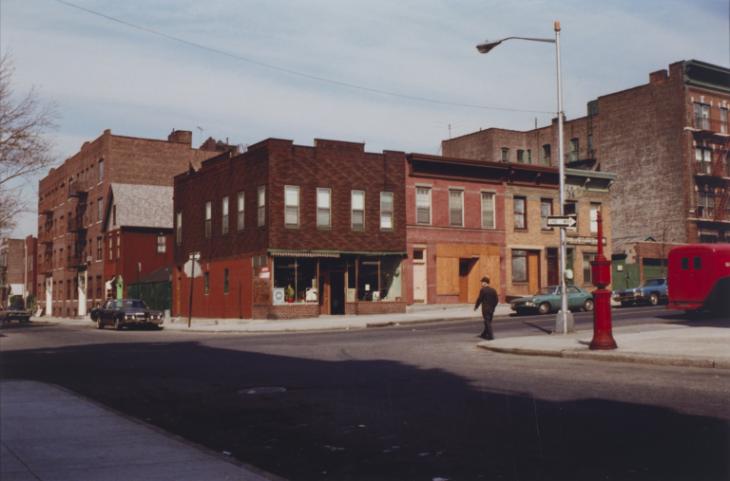

Gabriele Basilico was an Italian photographer who defined himself as ‘a measurer of space’. He was born in Milan, Italy in 1944. He is a well known European documentary photographer. He was training as an architect when he first began photographing architecture and urban spaces.
In 1991 he participated in a photographic project on war-torn Bierut, with a group of international photographers. In 1944, Gottardo foundation Gallery presented a review on the past 15 years of Basilicos photography. This travelled several major European museums. In June 2002 he was awarded the prize for the years best photography book.
Basilico exhibited his works from Rio and Shanghia taken during 2010 and 2011 at Galerie Anne Barrault in 2012. Gabriele Basilico later died in 2013 at age 68.
When I was in Hong Kong in the summer holidays we went up to the Peak tower where you get a wide view of the city. However all around you can still see the beautiful landscape and the rich green foliage. I got these three photos that show the differnet perspective and can completely change the way someone percieves hong kong.



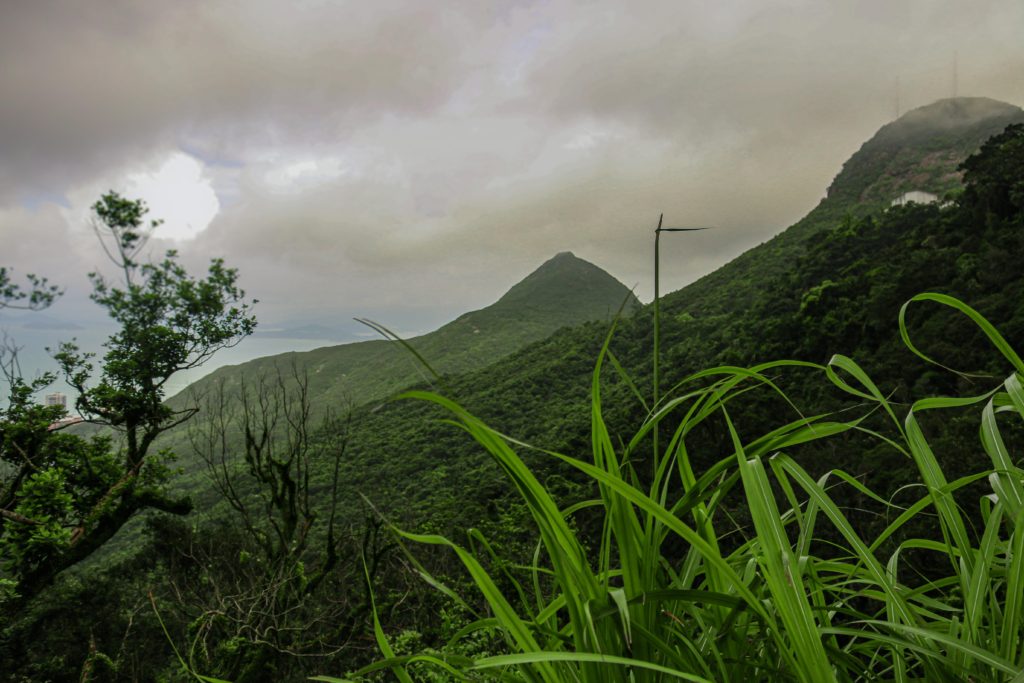
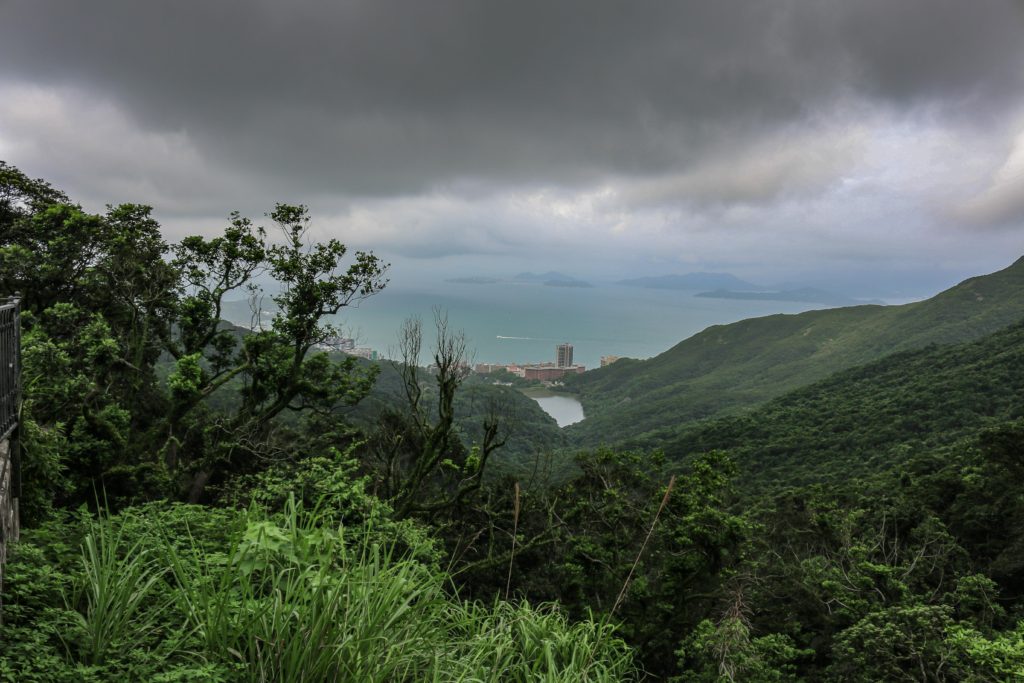
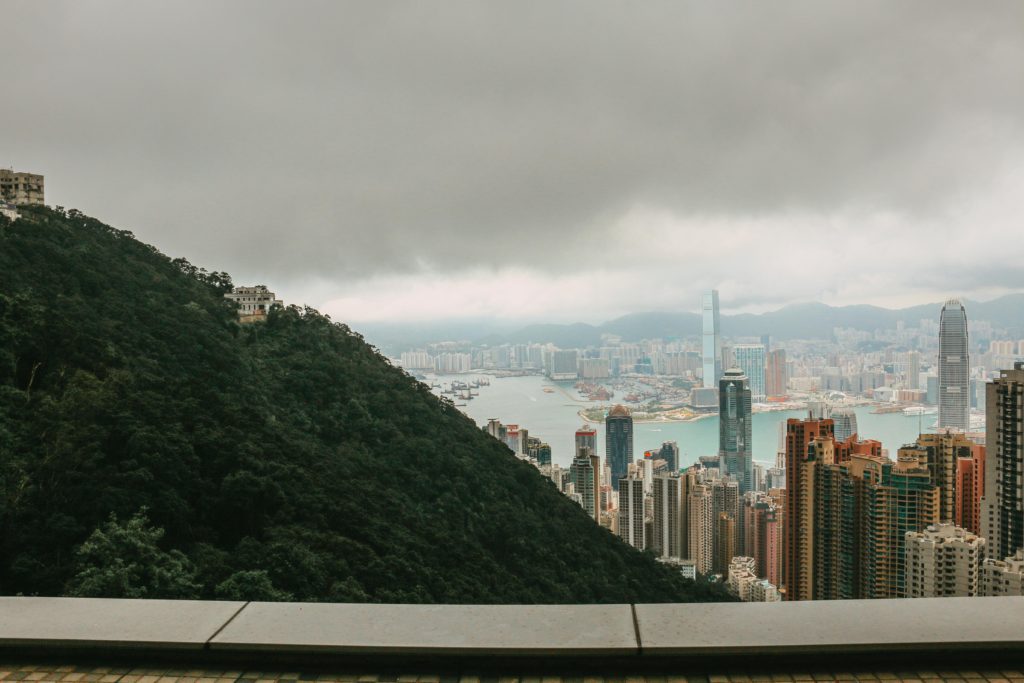
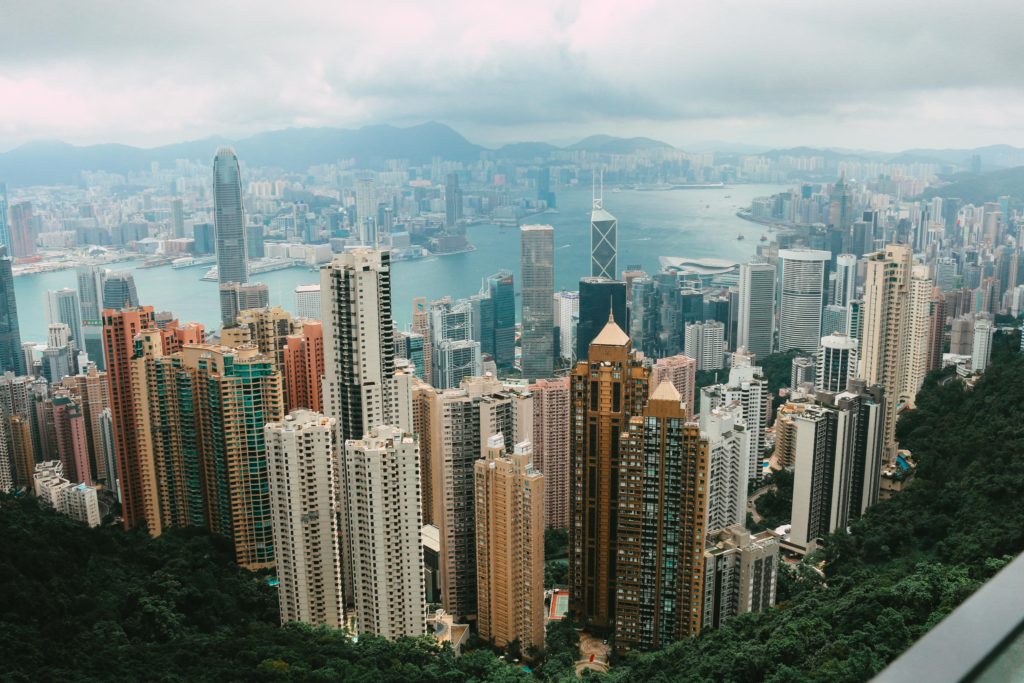
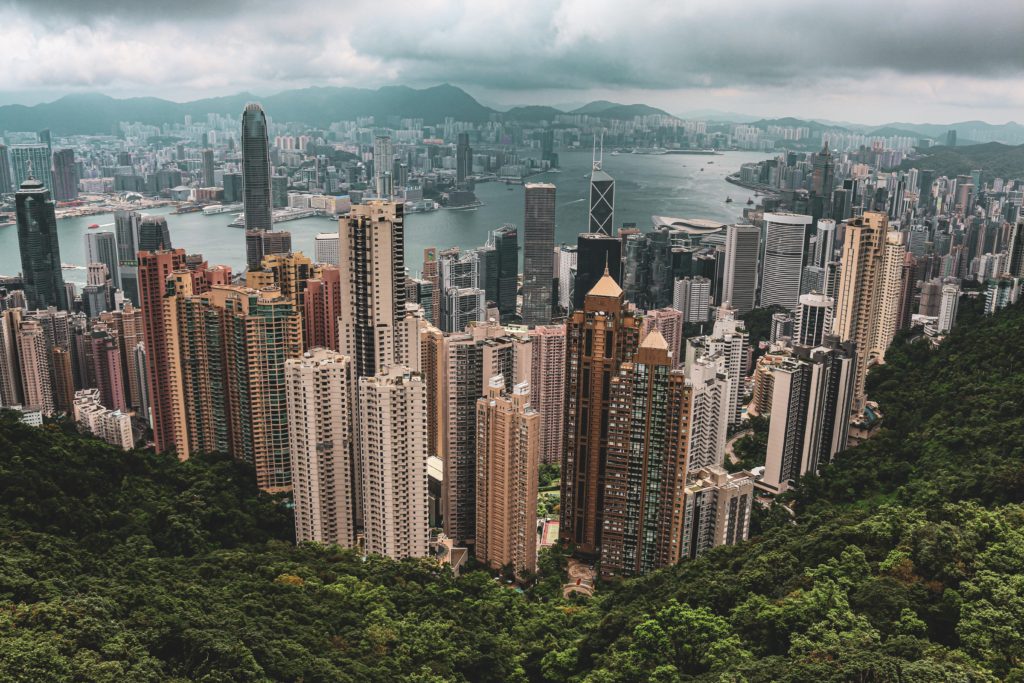
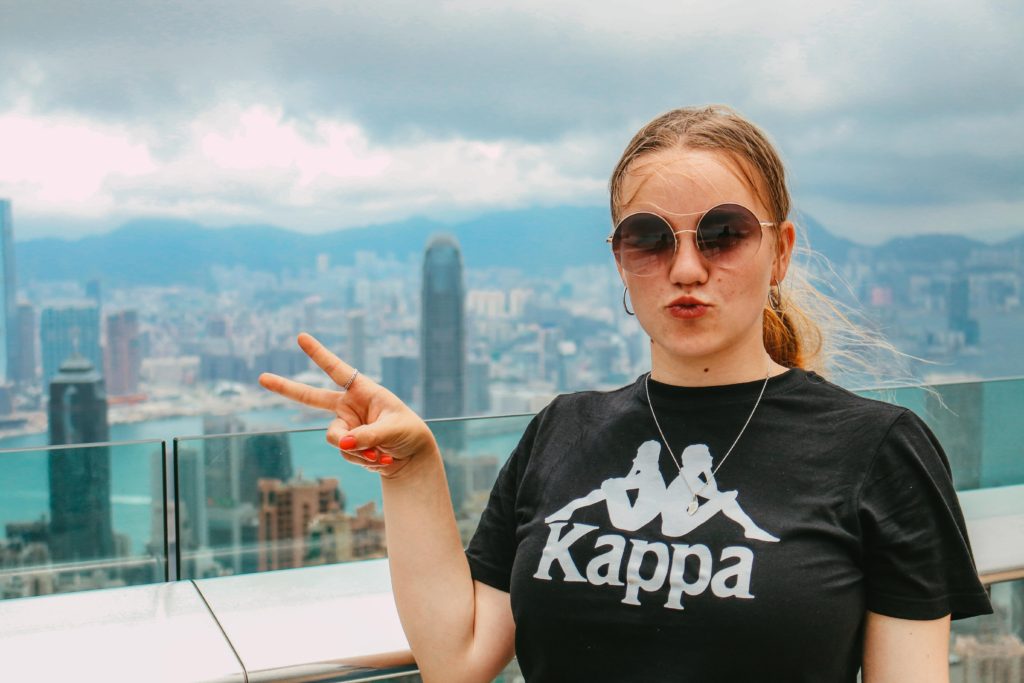



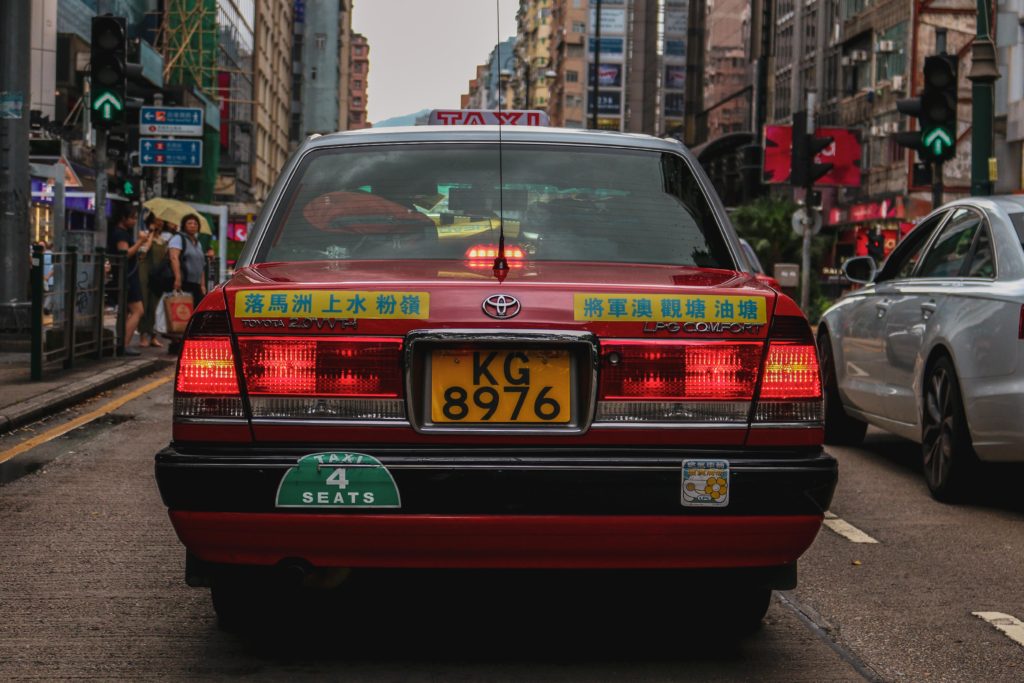

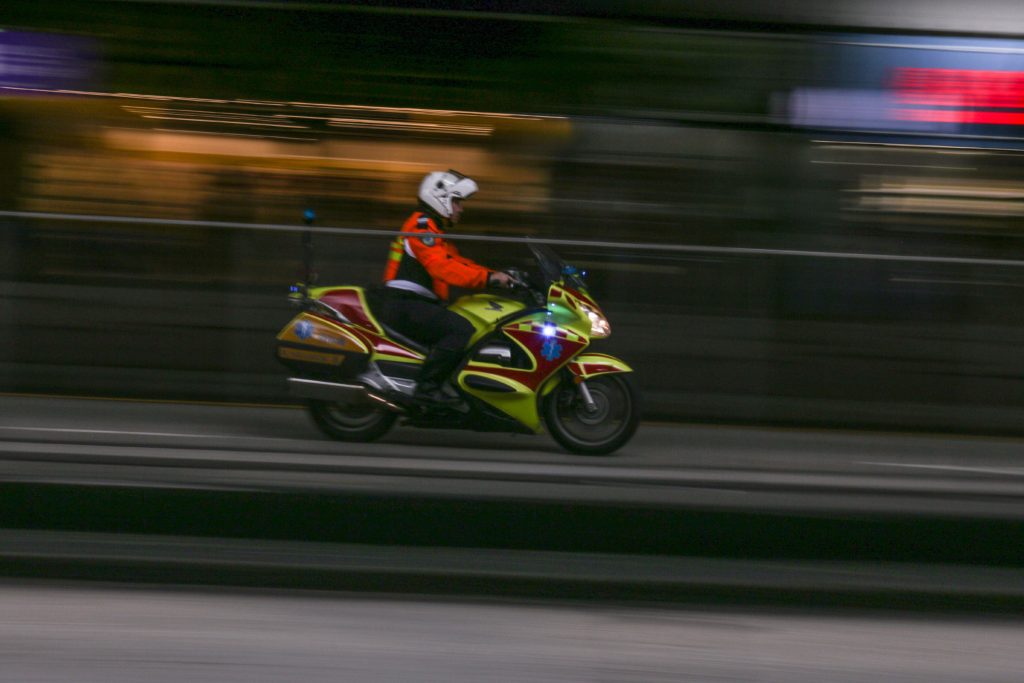
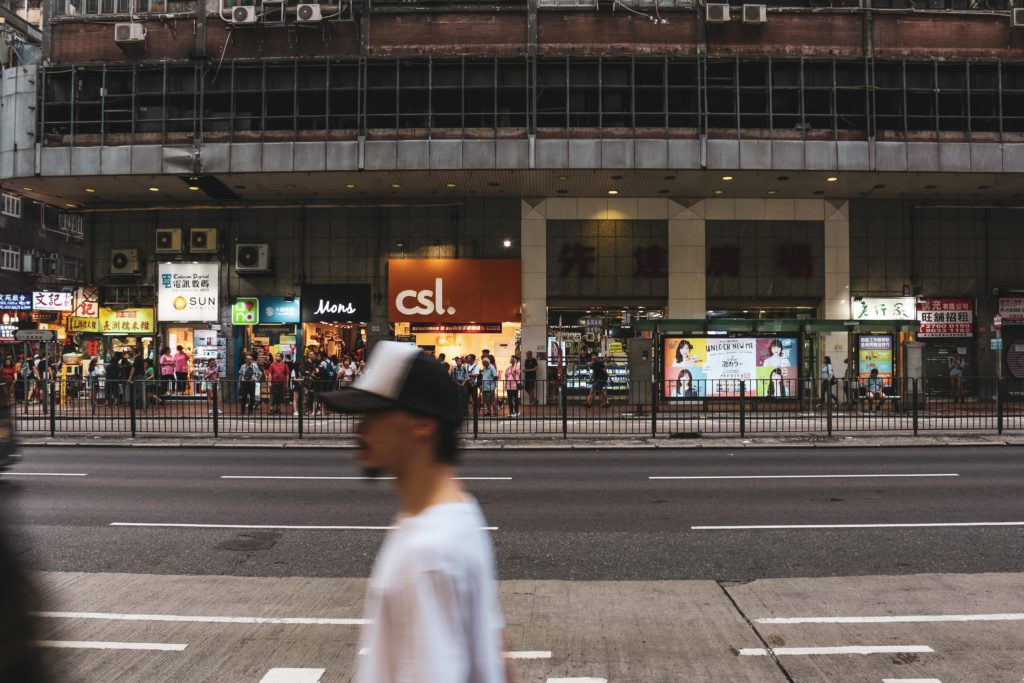
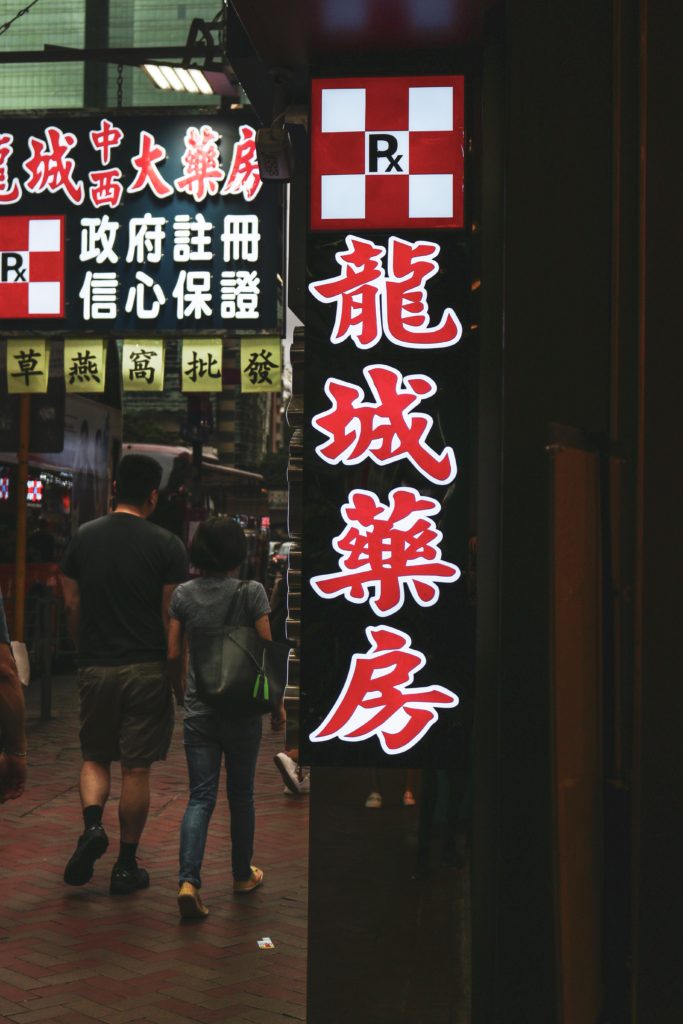

These particular images show the huge contrast in Hong Kong between the city and the natural landscapes. I thought that these photos show the impact of the city and really stand out as they where all taken within the same few meters of each other.
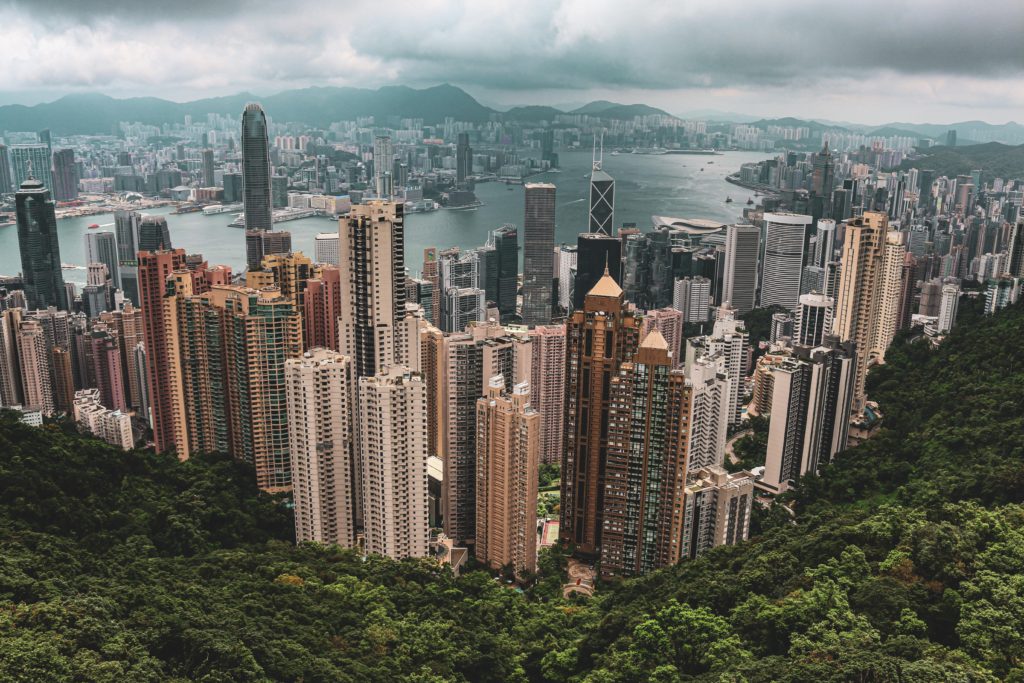
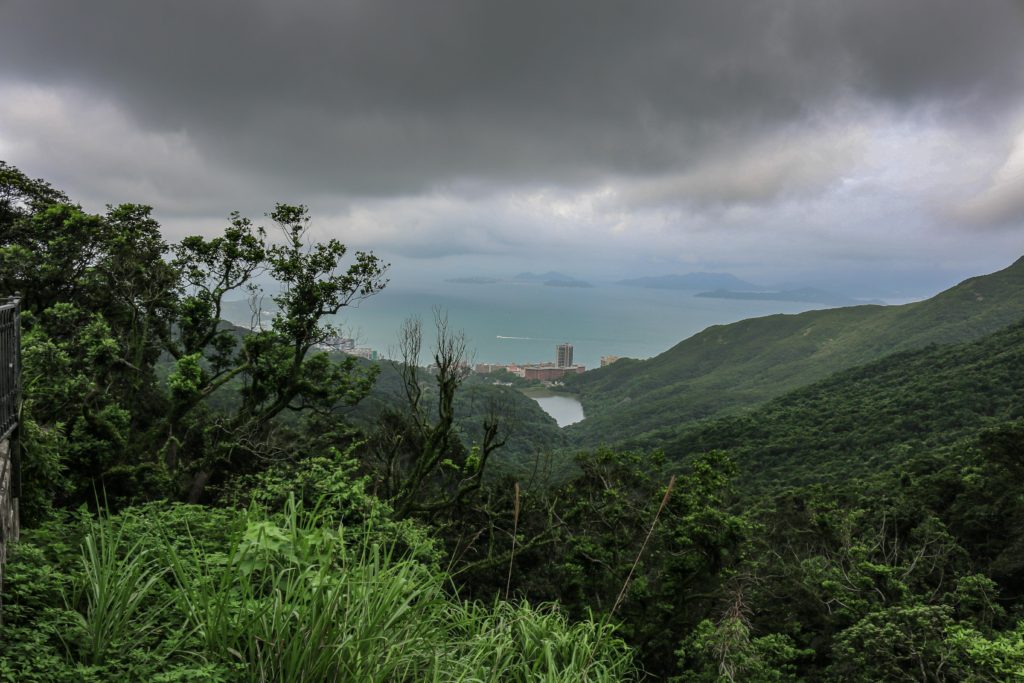

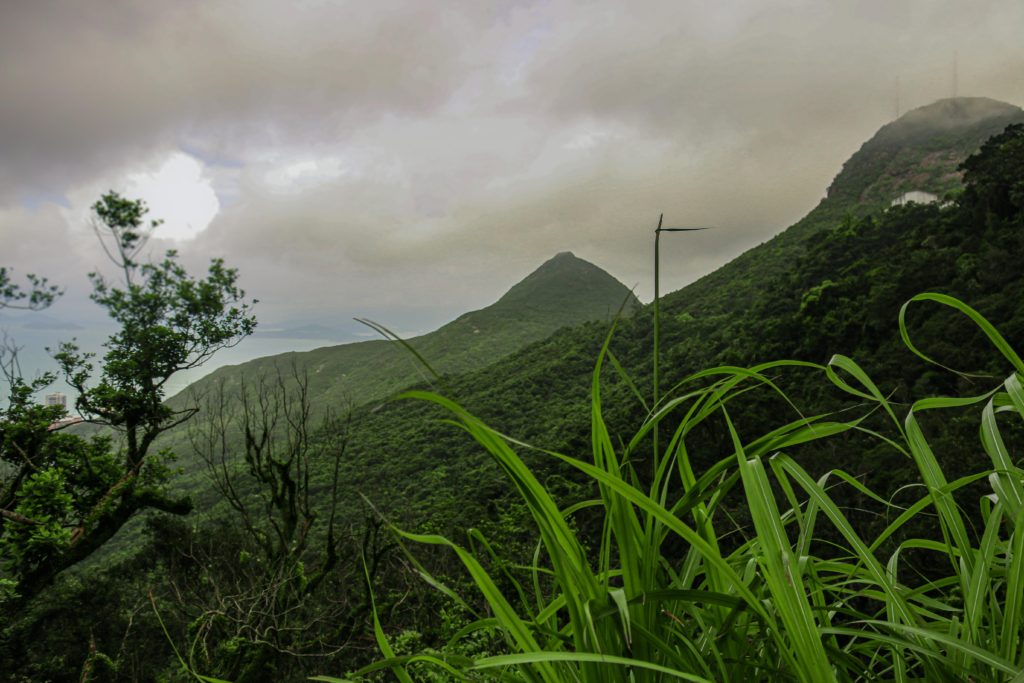

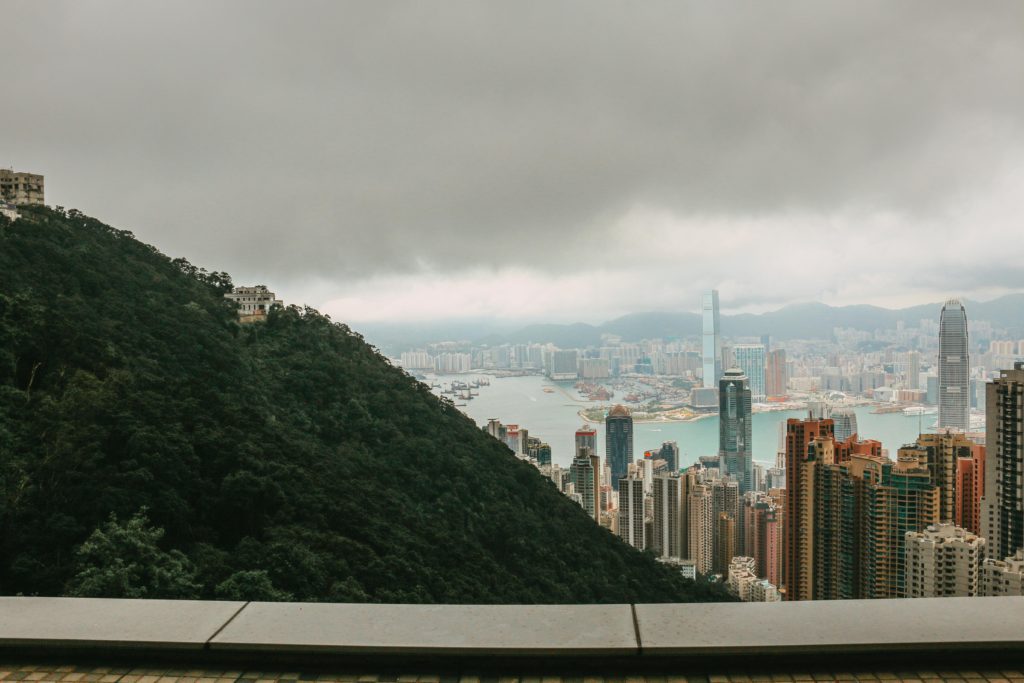
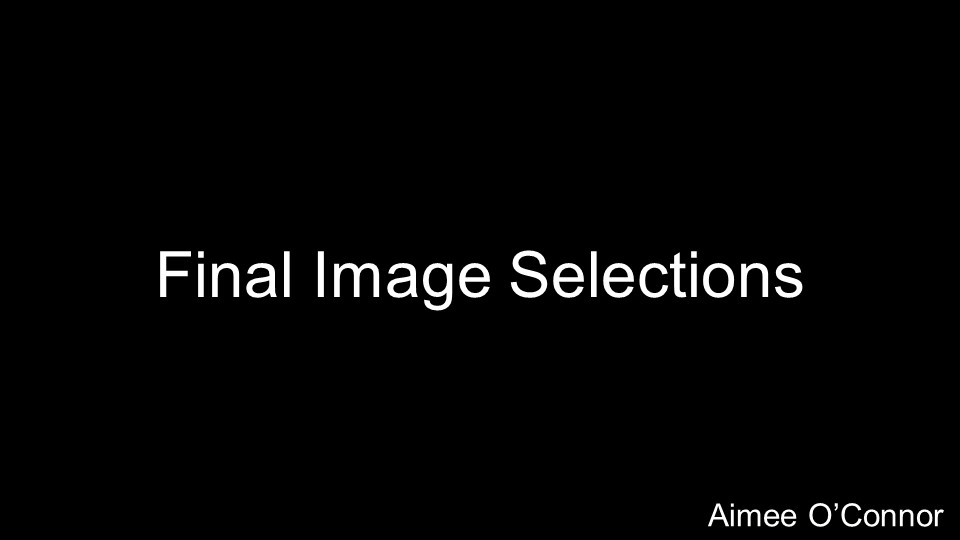

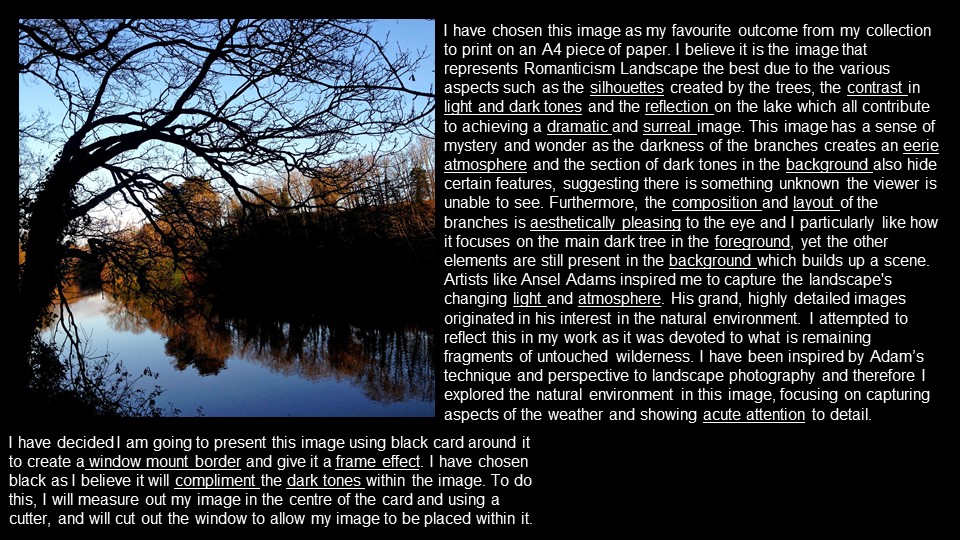
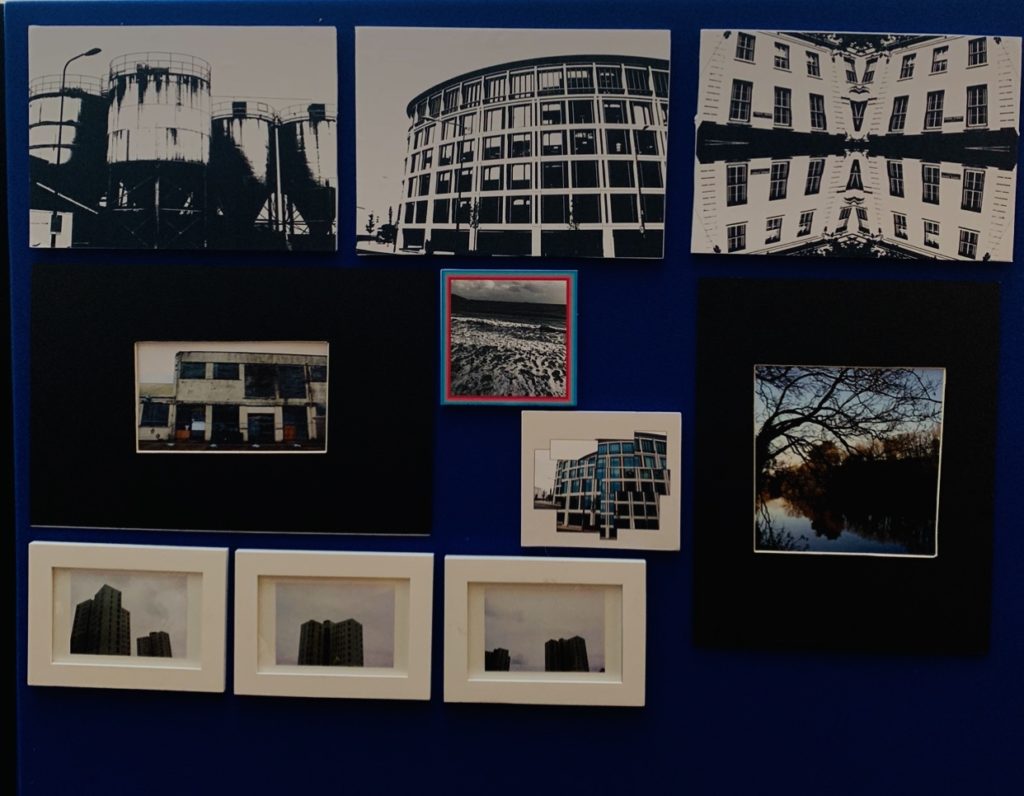
Presentation of Final Image Outcomes
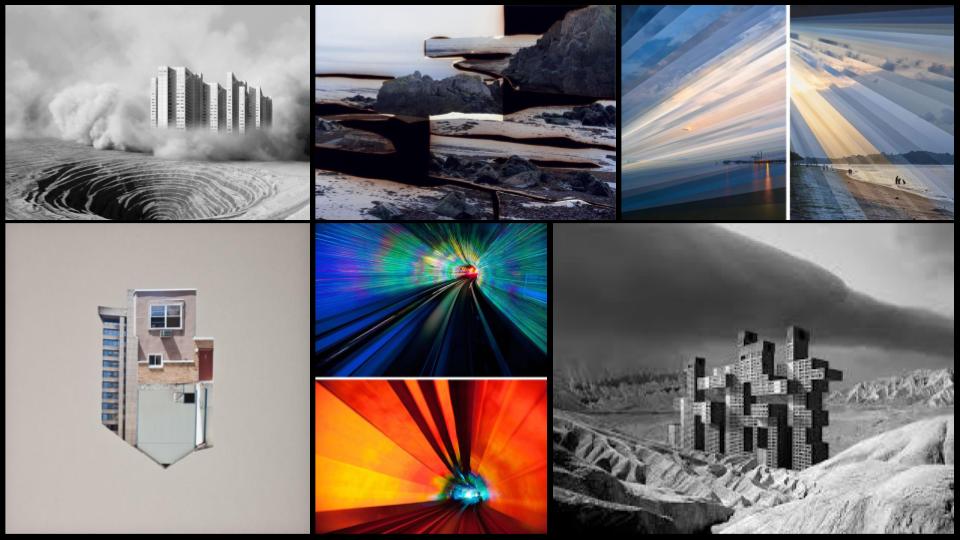

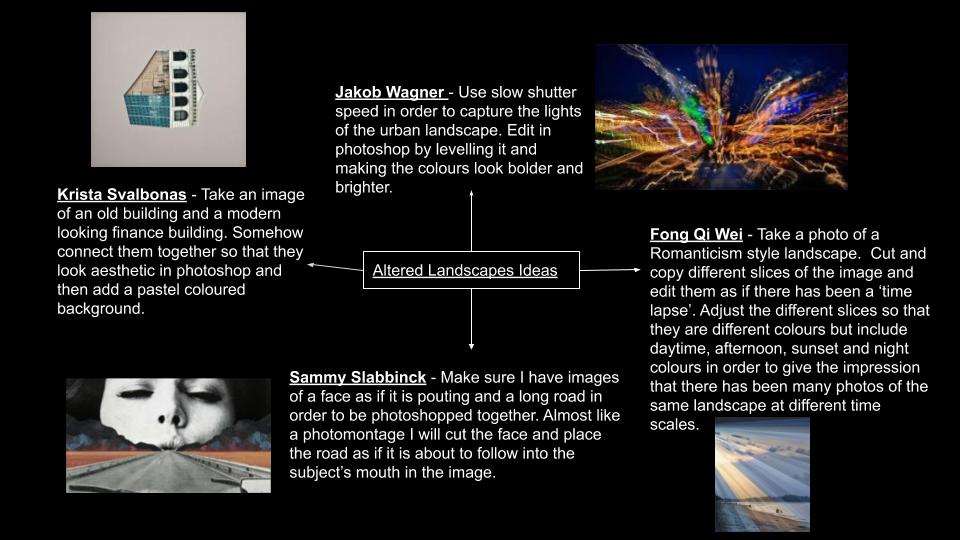
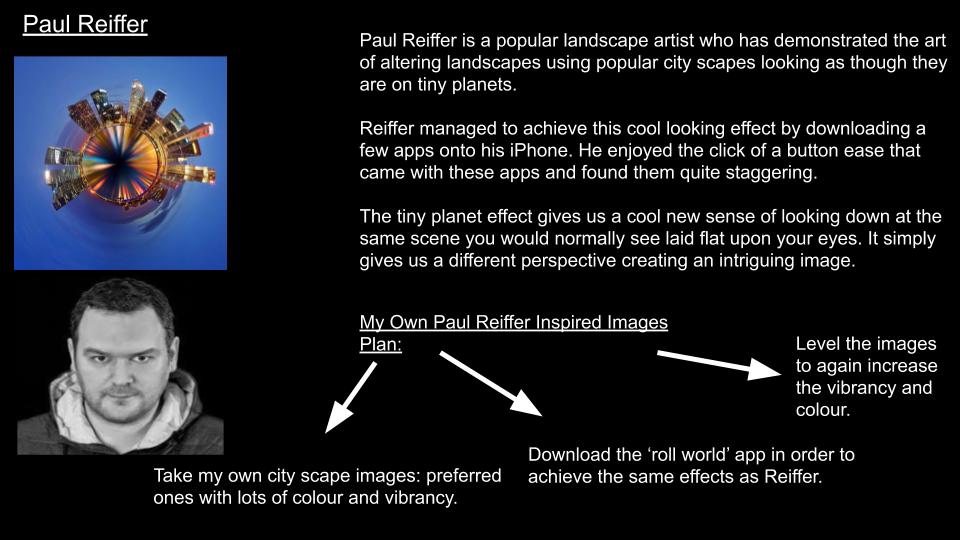

New Topograpics was a term created by William Jenkins in 1975. It was used to describe a group of photographers who’s images where all similar, consisting of black and white prints of urban landscapes.
New Topographics was inspired by Albert Renger Patszch a German photographer, and the idea of new objectivity. The new objectivity movement, engaged with the world as clearly and precisely as possible.
Early photographers documented the natural landscape. The new topographic movement allows photographers to document parking lots, suburban housing and warehouses. Finding the beauty within the man made features.
The photos of man made structures, show how the natural landscape has been changed by industrial development.
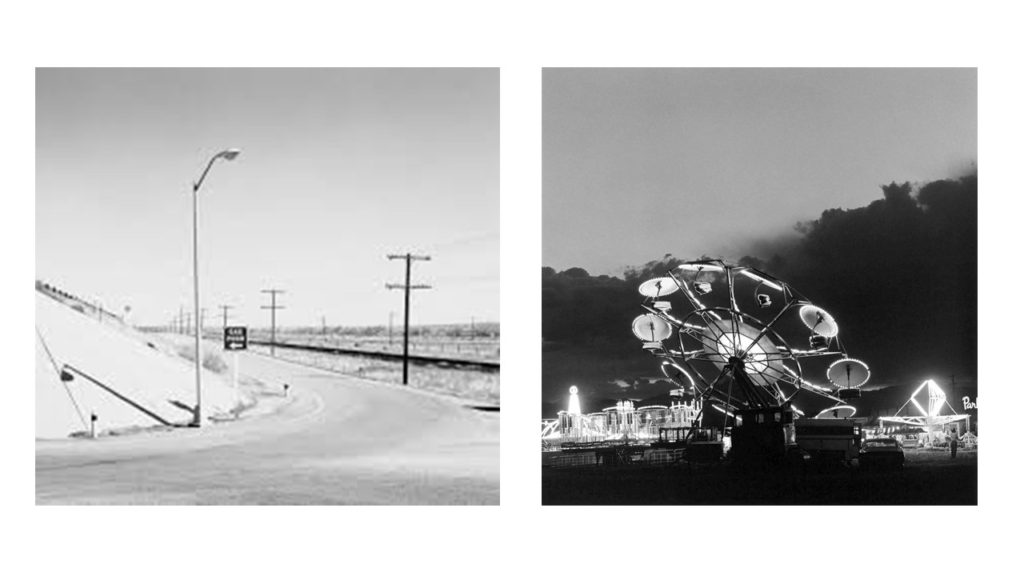
Robert Adams was born in Orange, New Jersey, 1937. He is best known for his photos that investigate the urban landscapes in the American West. He uses photography to show his love love for the landscape, and how urban and industrial growth has changed it.
Adams was raised in the suburbs of Denver, Colorado. In 1956, he moved to Southern California to attend the University of Redlands. He majored in English literature and carried on at the University of Southern California where he went on to earn a Ph.D in 1965.
When Adams returned to Colorado, he had a plan to start a career in teaching. However, the changes in the landscape shocked him, and so he taught himself the fundamentals of photography. He began capturing photos of his home state, showing his love for the geography and change in his home.
Adams’ photographs capture the physical traces of human life.
